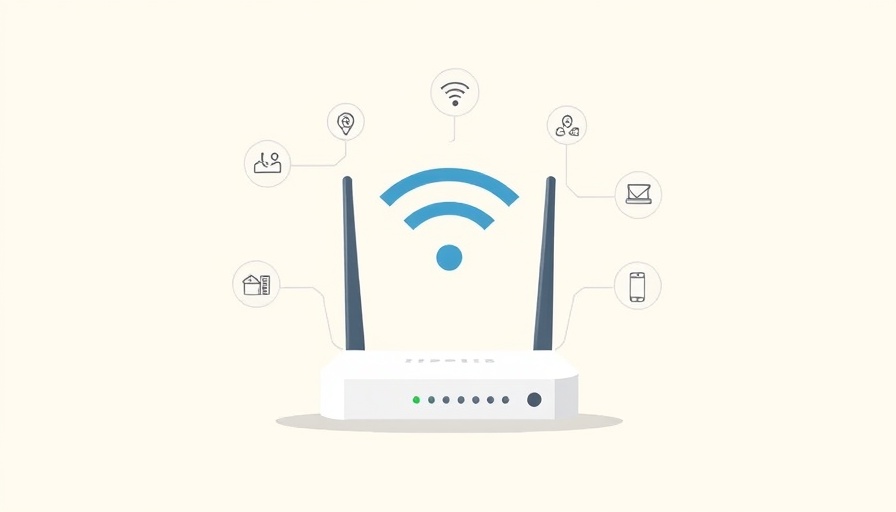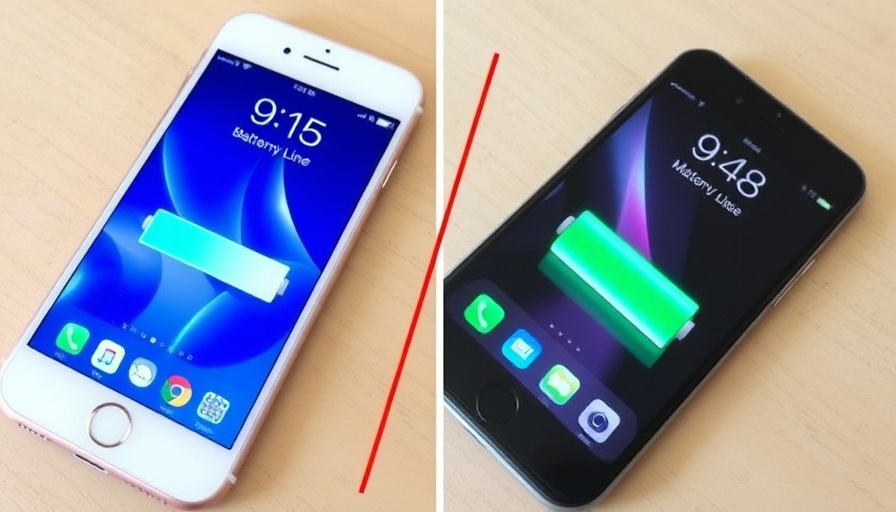
Understanding the Mystery Behind Slow Wi-Fi Speeds
In today's fast-paced digital world, a sluggish internet connection can disrupt not only your entertainment plans but also essential tasks like work-related video calls. It's often perplexing: one moment your Wi-Fi is zipping along, and the next, it's buffering or lagging. Before you rush to upgrade your hardware or switch internet providers, it's vital to investigate potential hidden issues within your own home that could be contributing to this frustration.
Router Placement: The Key to Optimal Performance
The positioning of your router plays a significant role in your Wi-Fi speed. Routers transmit signals in all directions. However, obstacles such as walls, cabinets, and large electronic appliances can weaken these signals. Therefore, it’s crucial to place your router:
- In a central location within your home
- Elevated off the floor
- Away from thick walls and metal objects
For larger homes, consider investing in a mesh Wi-Fi system or a range extender to enhance coverage in every corner of your space.
Impact of Multiple Connected Devices
In an age where multiple devices connect to the same network—ranging from smartphones to smart fridges—bandwidth becomes a shared resource. The more devices that are online simultaneously, the lower the speed for each device. To alleviate this issue, follow these steps:
- Log into your router's admin page to see how many devices are connected.
- Disconnect any unused devices to free up valuable bandwidth for critical activities.
Remember, some devices, like security cameras, continuously draw data, which can further strain your connection.
Addressing the Interference Issue
Electromagnetic interference from household electronics can also impede Wi-Fi signals. Common culprits include:
- Cordless phones
- Baby monitors
- Microwaves
- Bluetooth speakers
Consider relocating your router away from these devices. If feasible, switch your Wi-Fi to the less crowded 5GHz band, which reduces the likelihood of interference compared to the more common 2.4GHz band.
Assessing Your Hardware
Older routers might limit your connection speed, primarily if they do not support the latest Wi-Fi standards such as Wi-Fi 5 or Wi-Fi 6. If your router is more than a few years old, it may be time to consider an upgrade. Contact your internet provider to inquire whether they offer upgraded routers at no additional cost.
The Bandwidth-Hungry Activities
Some online activities, like streaming 4K video or gaming, consume a considerable amount of bandwidth. If several family members engage in these activities at once, internet speeds can drop for everyone. To combat this, try:
- Scheduling large downloads for off-peak hours.
- Utilizing the Quality of Service (QoS) settings in your router to prioritize crucial activities, such as video calls.
Software and Security Checks
Hardware isn’t the only factor affecting your internet speed; software issues can play a critical role as well. Outdated software or malware on your devices can consume resources and bog down performance. Ensure you:
- Regularly update your devices and applications.
- Run security scans to identify and eliminate any malicious programs running in the background.
Understanding Your Internet Plan
Lastly, it’s essential to evaluate your internet plan. If your household’s usage has increased over the years and your plan remains unchanged, it may be time to consider an upgrade. Higher-speed plans are designed to cater to modern usage demands.
By taking a closer look at these factors, you can significantly improve your Wi-Fi experience without necessarily incurring extra charges or complicated fixes. Slow Wi-Fi doesn't have to be an enduring inconvenience—knowledge, planning, and a few adjustments might bring back your connection speed.
 Add Row
Add Row  Add
Add 




Write A Comment